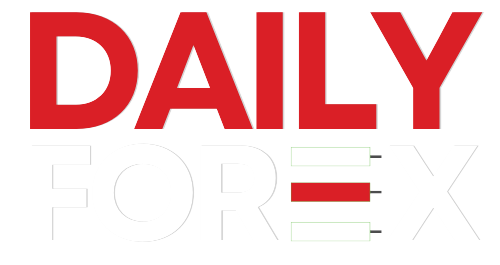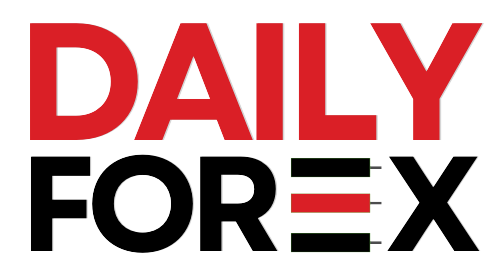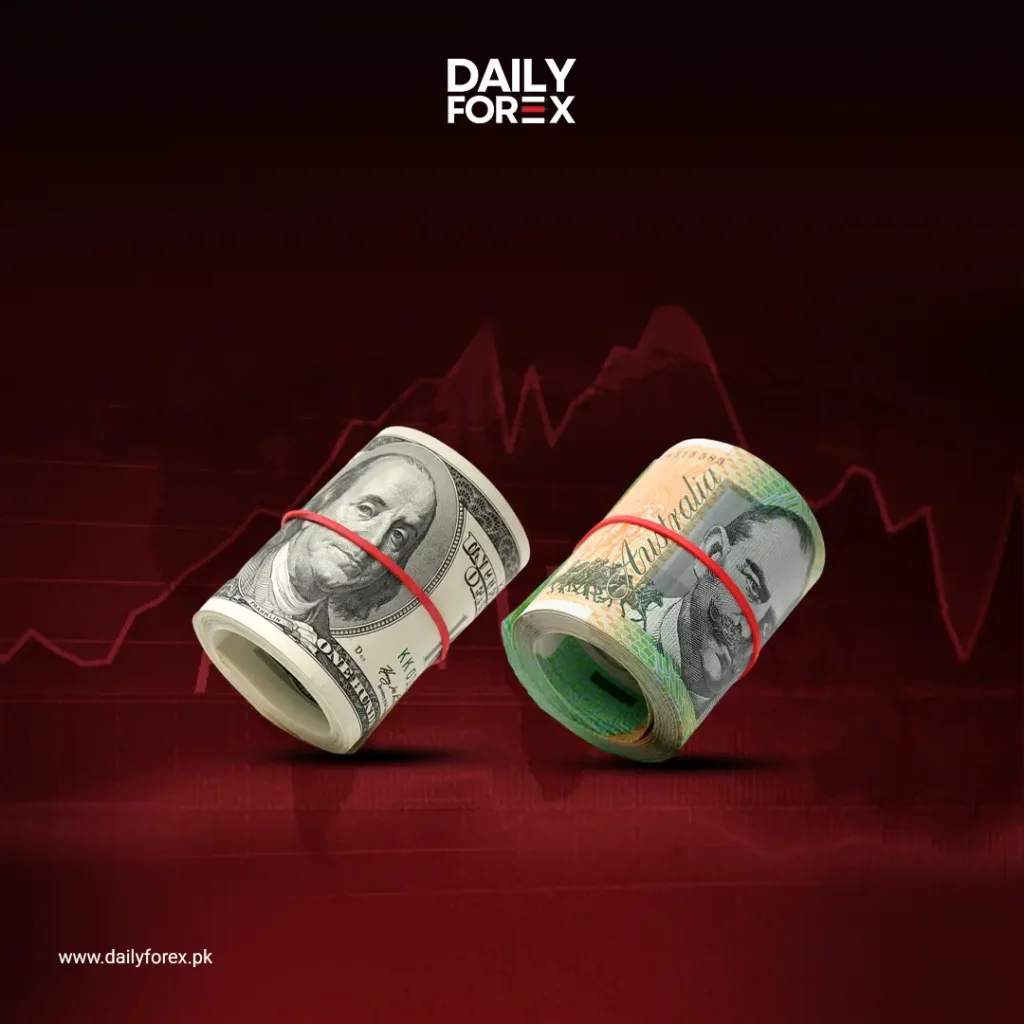The Australian Dollar (AUD) recovered early losses against the U.S. Dollar (USD) on Tuesday, fueled by renewed investor optimism following reports that the U.S. may soften its stance on tariff negotiations. Markets responded positively to signals that the U.S. is pursuing phased trade agreements rather than full-scale reciprocal deals ahead of the July 9 deadline.
AUD/USD Technical Analysis: Bullish Trend Intact Amid Channel Support
The AUD/USD pair is currently hovering near 0.6560, showing signs of bullish continuation as it trades within a rising channel on the daily chart. The 14-day Relative Strength Index (RSI) remains above 50, supporting upward momentum. Price action also sits above the 9-day Exponential Moving Average (EMA), reinforcing short-term bullish bias.
Key resistance lies at 0.6583 — the eight-month high set on July 1 — with a potential breakout targeting 0.6650 at the top of the ascending channel. Immediate support is seen at the 9-day EMA near 0.6529. A drop below this could expose the 0.6490 zone and the 50-day EMA at 0.6456.
Macro Fundamentals: Diverging Data from Australia and China
Australia’s Manufacturing PMI slipped to 50.6 in June, reflecting softer output and weaker market demand, while China’s Caixin PMI exceeded expectations, jumping to 50.4 from May’s 48.3. As China remains a key trading partner, stronger Chinese factory data may support Australian exports and boost AUD sentiment.
Despite the soft Australian PMI, the Aussie has gained ground as the U.S. Dollar weakens on growing fiscal uncertainty. Lawmakers are debating a major tax-and-spending bill, which could add $3.3 trillion to the national deficit — a move that raises inflation concerns and dents investor confidence in USD.
USD Weakness Deepens Amid Policy and Political Volatility
The U.S. Dollar Index (DXY) continues its downtrend, trading around 96.70. Traders await the U.S. ISM Manufacturing PMI for June, while recent inflation data met expectations: the PCE Price Index rose 2.3% YoY in May, and core PCE climbed 2.7%.
Minneapolis Fed President Neel Kashkari reiterated his projection for two rate cuts starting in September. Meanwhile, political noise is growing around Fed leadership, with Trump signaling he may replace Jerome Powell and suggesting alternative candidates.
Fed Chair Powell cautioned that while tariffs may trigger a one-time price spike, persistent inflation remains a risk. Chicago Fed President Goolsbee emphasized that political pressure won’t influence Fed decisions.
Geopolitical Tensions Add to Dollar Strain
U.S. airstrikes on Iran have reportedly only delayed Tehran’s nuclear progress by a few months, while Iranian officials reject talks with Washington. These developments add to global risk, boosting safe-haven demand while keeping the U.S. Dollar under pressure.
Australia Data Snapshot: Mixed But Not Dovish
Australia’s TD-MI Inflation Gauge rose 0.1% MoM in June, reversing a previous 0.4% drop. Inflation remains within the RBA’s 2–3% range. Meanwhile, private sector credit growth slowed to 0.5% in May, with business lending softening to 0.8%.
Despite mixed data, the underlying tone remains constructive for the AUD if U.S. fiscal and geopolitical instability persists.




